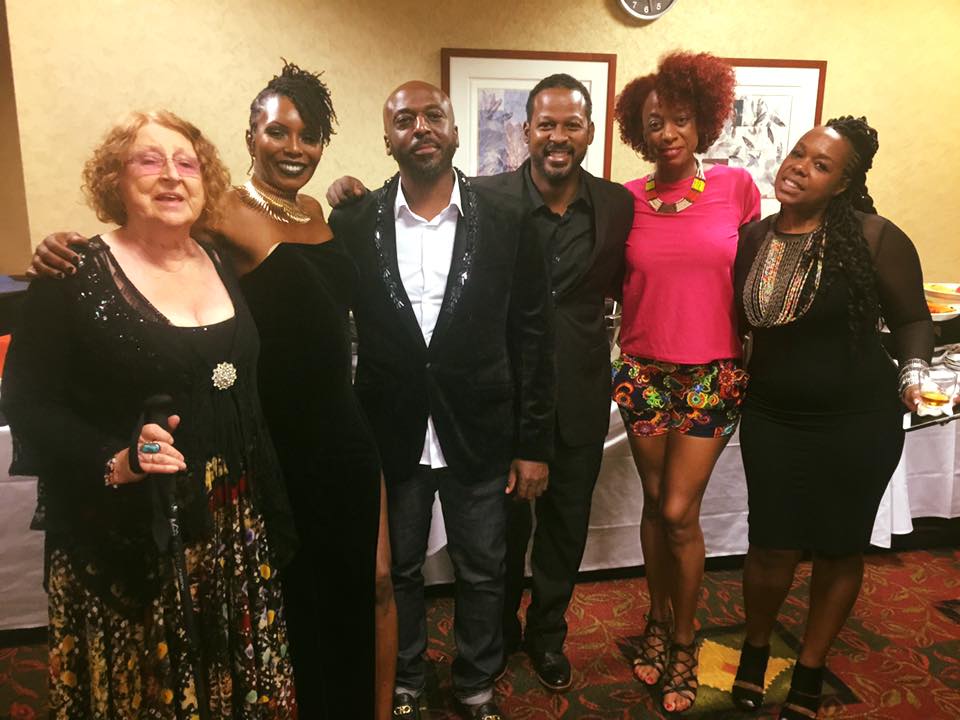How Do I Convince My Partner?

Polyamory is becoming more and more mainstream, and more people are recognizing that they have the capacity to include more romantic and emotional relationships in their lives. What happens when your partner has not come to the same conclusion as you have? How do you convince them to try polyamory?
The short answer is: you don’t. Polyamory is a personal journey of discovery and self knowledge. Some people believe it is an orientation and not just something you do. Below are suggestions for talking to a partner about polyamory when you think they may be reluctant.
Before you bring up polyamory to your partner, know the reasons you have for doing so. Consider these three questions and understand the consequences of bringing up polyamory if you are having marital problems, have cheated, or have a specific person in mind. Those three situations are not only the most common, they are the most likely reasons married couples fail to find healthy polyamorous relationships.
Another step to take is to be informed about the world of non-monogamy. Understand the difference between swinging, polygamy, and polyamory. Your initial idea of a poly relationship will most likely not be what you end up with. Polyamorous people have the freedom to define and redefine their relationships as time goes on, so prepare to be flexible about who you are looking for.
Spend even more time understanding how you want to be polyamorous. Many black people choose polyamory as a way to rebuild the black community. Others choose it because they recognize they are able to love multiple people. Others desire multiple sexual partners with the choice of how to engage emotionally.
Know yourself beyond the desire to date outside your marriage. Many men start the journey once they decide they would like to date two bisexual women. Go deeper. Why do you want your partners to be bisexual? To what extent will you share your home, finances, and children with each partner? What if they have no desire for threesomes or sexual relationships with your other partners? What if they are asexual? What if they are dating other people, including men? What if your partner is nonbinary or dating someone who is gender non-conforming? The more you understand about how polyamorous people define themselves, the sooner you will find what you are looking for.
Once you have a good understanding of what you want and why, it’s time to discuss polyamory with your partner. This is never a one time discussion. It is an open-ended conversation that takes into account your current situation and your partner’s desires. At every step of the process, you must be open and honest. Polyamory is not about surprises or ultimatums.
Start by explaining what polyamory is to your partner. Have them read the FAQ if they have misconceptions. Allow them to digest the information. Most people who grow up monogamous believe that love is a scarce resource, and, if you want to love others, that means you don’t love them. That’s why it’s important to maintain your current relationship with communication and outside counseling if needed. Your partner will never be comfortable with polyamory if they see it as a way to replace a deficit they have.
After the initial conversation, begin to talk to your partner in the language of wants and needs. Ask your partner about their wants and needs. Talk about what you can do to meet those needs. Acknowledge that you are not always able or willing to meet them. If you agree with the areas they see you lacking in, do the work to meet them halfway–not in a temporary way to get them to agree to polyamory, but because you care about them and desire a better relationship.
This kind of negotiation is the key to any relationship. As their partner, you are agreeing to meet some of their needs and desires. It is up to you to decide how you will meet them, but you must get feedback on how you are doing. If you come to a point where you do not want to meet a particular desire, you are free to say no. This includes sexual relations. Marriage does not obligate anyone to perform actions that they are not comfortable with. Use open communication to explain why you are not comfortable and what you can offer instead. Your partner may react negatively, but maintaining your boundaries is another key skill in a relationship. These intense discussions about wants and needs will prepare you for the work of maintaining multiple polyamorous relationships.
Do not begin a polyamorous relationship without your partner’s consent. Above all, polyamory is about openness and honesty. You must do the work within your current relationship so that your partner feels that their needs are being met, even if yours are not. Only when your partner feels loved and desired will they understand that polyamory is a multiplication of love, not a deprivation. If you break your partner’s trust, you will move your poly journey ten steps backwards.
It’s also possible that your partner may never believe that polyamory is a good idea. If they are convinced of that, you have the ability to end the relationship. Divorce is painful and difficult, but it is often the right thing to do when people are not able to meet each other’s needs. The joy of being a polyamorous person is that you do not have to cut ties with your partner. If you still love them, you can maintain a relationship with them at the level they are comfortable with. However, recognize that your partner may want to disengage completely if you have decided that you are polyamorous and are leaving them because they are not. Do not continue any relationship that is abusive or unhealthy for you.
Recognize that everyone has the right to choose their own path. Your partner may or may not choose polyamory along with you, but with courage and communication, you can begin your poly journey the right way.





